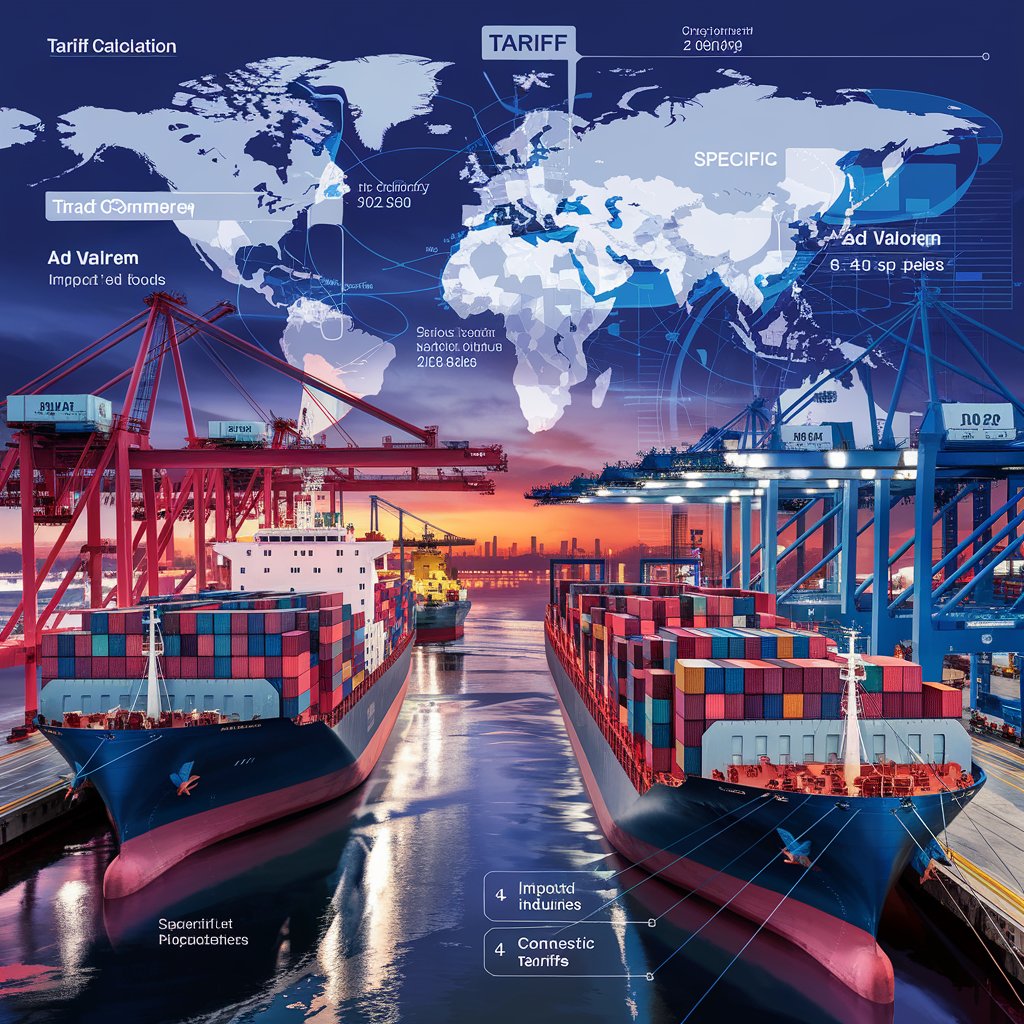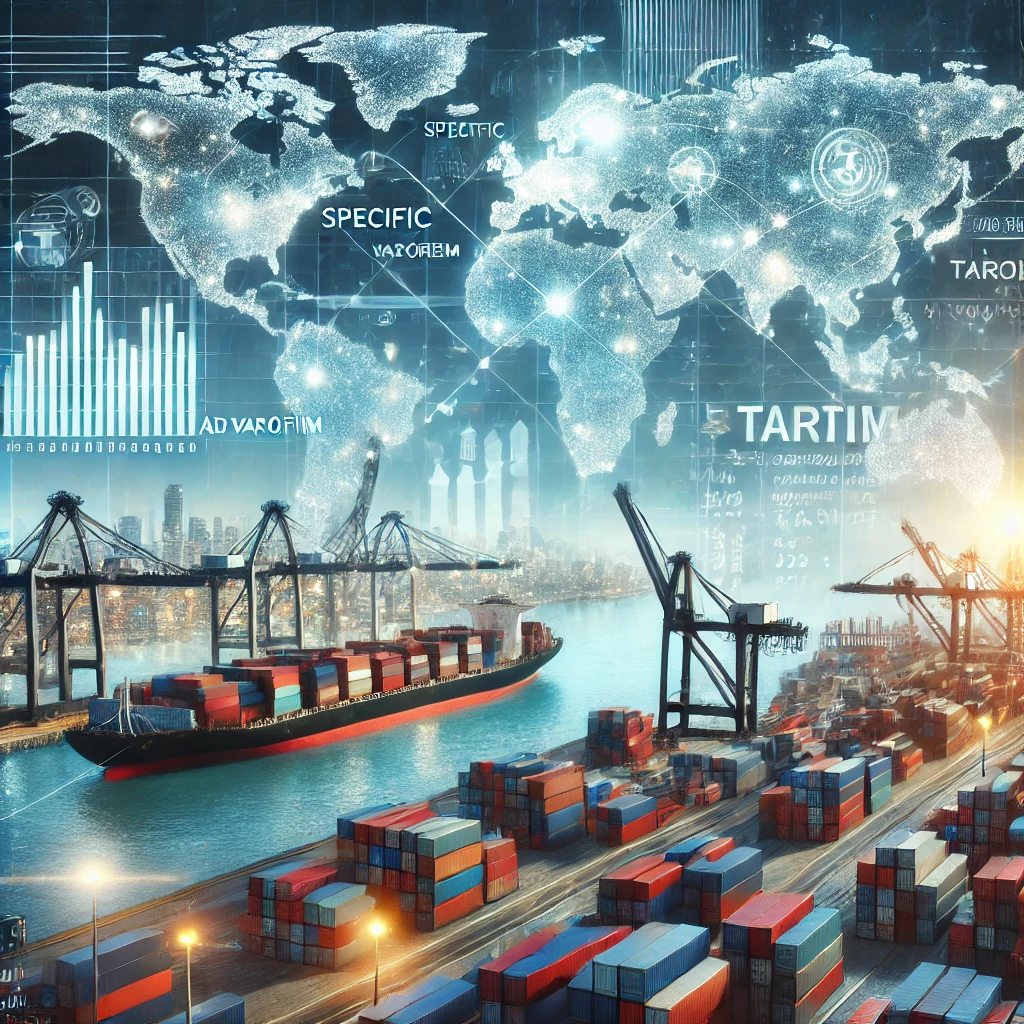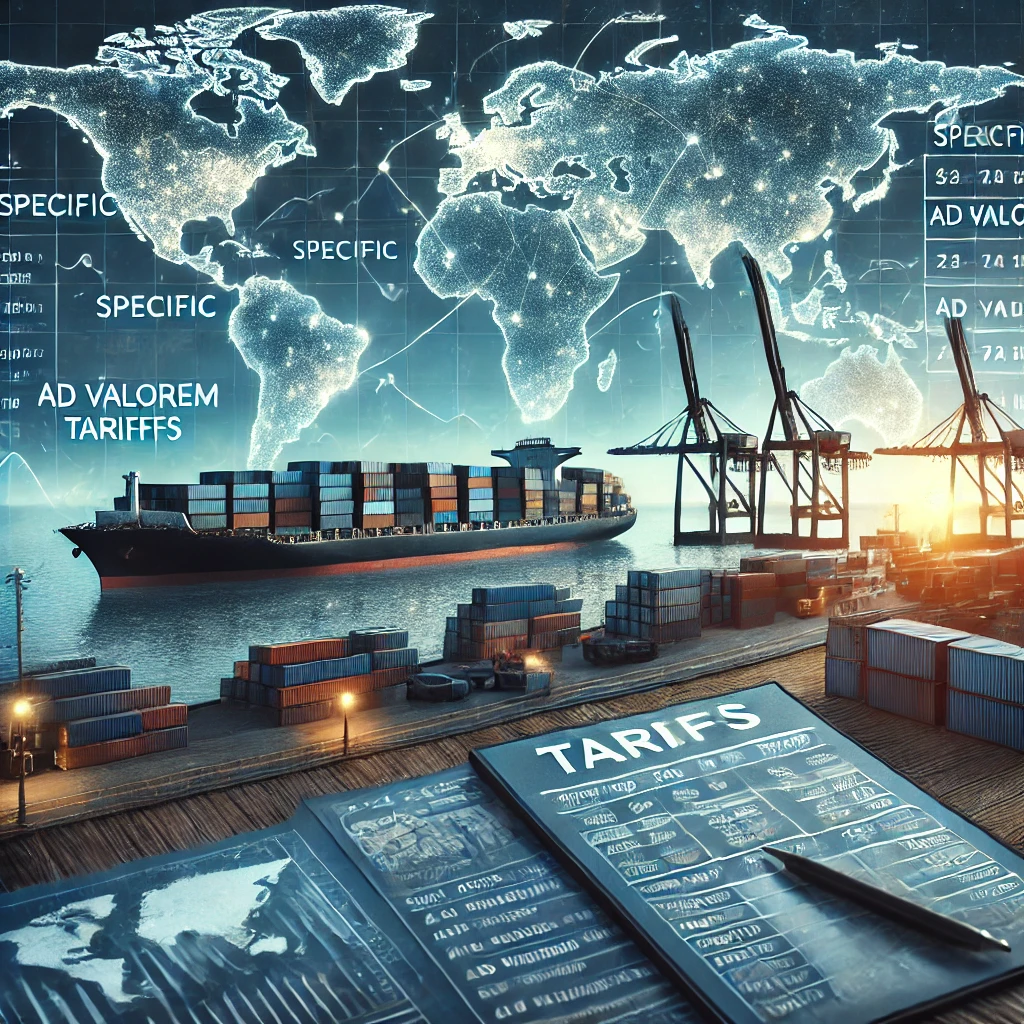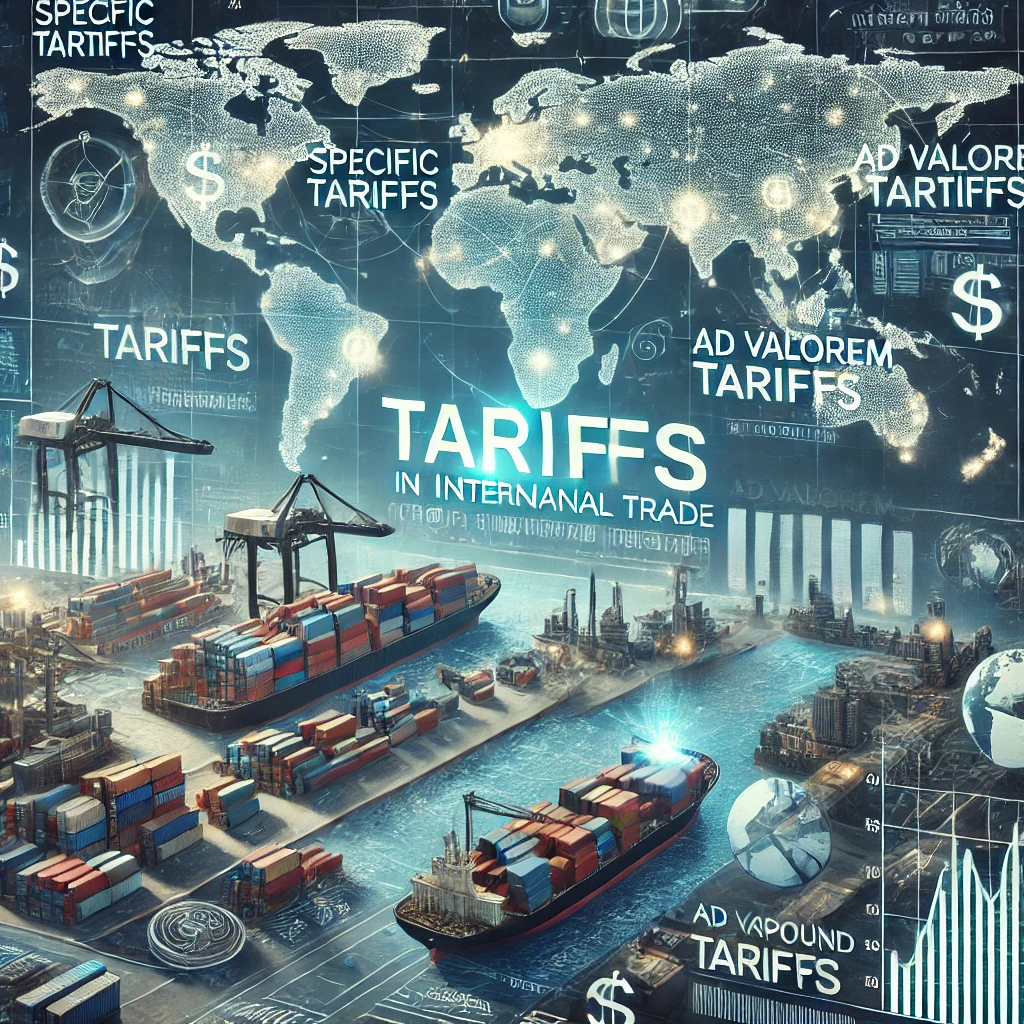What Is a Tariff? A Comprehensive Guide to Understanding Trade Taxes

Tariff Definition: Understanding the Basics
A tariff is a tax imposed by a government on goods imported from other countries. In essence, it’s a financial barrier designed to regulate international trade and protect domestic industries. When you hear about trade disputes or negotiations between nations, tariffs are often at the center of the discussion.
Key Points in the Tariff Definition:
- It’s a form of tax
- Applied to imported goods
- Imposed by the importing country’s government
- Affects the cost of international trade
The Purpose: Why Do They Exist?
Tariffs serve several purposes in the realm of international trade and economic policy:
- Revenue Generation: Historically, were a significant source of government income.
- Protection of Domestic Industries: By making imported goods more expensive, can help local producers compete.
- Trade Balance Management: Countries may use tariffs to address trade deficits.
- Political Leverage: Tariffs can be used as a tool in international negotiations.

Types: Different Approaches to Trade Taxation
There are several types of , each with its own characteristics:
- Specific: A fixed amount charged per unit of imported goods.
- Ad Valorem: A percentage of the value of the imported goods.
- Compound: A combination of specific and ad valorem .
- Quota: Lower rates up to a certain quantity, then higher rates.
Tariff vs. Duty: Understanding the Difference
While often used interchangeably, there’s a subtle difference between and duties:
- Tariff: Typically refers to taxes on imported goods.
- Duty: A broader term that can include taxes on both imports and exports, as well as other types of taxes.
In practice, “import duty” and “import ” often mean the same thing.

Who Pays?
A common question is, “Who pays for import tariffs?” The answer can be complex:
- Importers: Initially, the importing company pays.
- Consumers: Often, the cost is passed on to consumers through higher prices.
- Producers: Sometimes, foreign producers lower their prices to remain competitive.
The exact distribution of the burden depends on market conditions and elasticity of demand.
The Impact of Tariffs on International Trade
Tariffs can have significant effects on global commerce:
- Increased Prices: Imported goods become more expensive.
- Reduced Trade Volume: Higher costs can lead to fewer imports.
- Economic Inefficiency: Tariffs can lead to suboptimal resource allocation.
- Retaliatory Measures: Countries may impose counter-tariffs, escalating trade tensions.

Examples in Action
To better understand , let’s look at some examples:
- Specific: A $5 tax on each imported pair of shoes.
- Ad Valorem: A 10% tax on the value of imported electronics.
- Trade War: Recent US-China trade disputes involved on billions of dollars of goods.
The Debate: Are Tariffs Beneficial or Harmful?
The use of tariffs is a subject of ongoing debate among economists and policymakers:
Potential Benefits:
- Protection for emerging industries
- Increased government revenue
- Leverage in trade negotiations
Potential Drawbacks:
- Higher consumer prices
- Reduced economic efficiency
- Potential for trade wars
Alternatives
While tariffs are a common trade policy tool, there are alternatives:
- Quotas: Limits on the quantity of goods that can be imported.
- Subsidies: Financial support for domestic industries to enhance competitiveness.
- Non-Tariff Barriers: Regulations or standards that restrict imports indirectly.
Understanding Rates and Calculations
Tariff rates can vary widely depending on the type of good and the countries involved. Here’s a basic example of how an ad valorem is calculated:
- Import Value: $1000
- Rate: 5%
- Amount: $1000 × 5% = $50
The total cost of the imported good would be $1050.

Conclusion: Navigating the Complex World of Tariffs
Understanding “what is a tariff” is crucial for anyone involved in international trade or interested in global economics. are more than just taxes; they’re powerful tools that shape the flow of goods around the world, influence economic policies, and impact businesses and consumers alike.
While can serve important purposes, such as protecting domestic industries or generating revenue, they also come with potential drawbacks, including higher consumer prices and the risk of trade conflicts. As global trade continues to evolve, the role and implementation of will likely remain a topic of intense discussion and negotiation.
Whether you’re a business owner engaging in international trade, a student of economics, or simply a curious consumer, having a solid grasp of and their implications can help you better understand the complex dynamics of our global economy.
Remember, the world of international trade is constantly changing, and policies can shift quickly. Staying informed about current trade policies and tariff rates is essential for anyone involved in cross-border commerce.
